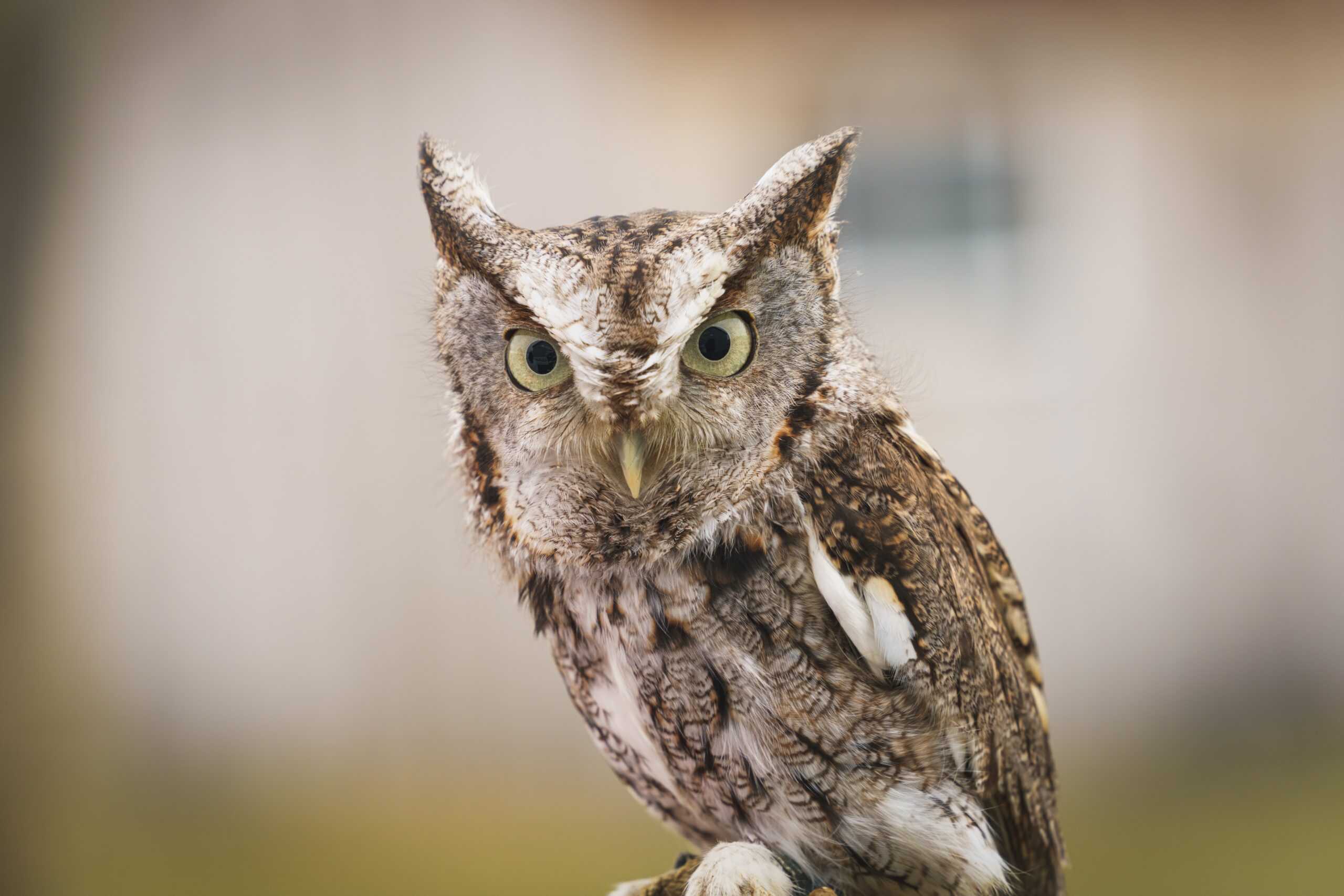Owls are masters of silent flight. Their ability to hunt without making a sound is one of nature’s most fascinating adaptations. This skill allows them to approach their prey undetected, giving them an edge in the wild. In this post, we’ll explore how owls have evolved to become such stealthy hunters and the unique features that enable their silent flight.
The Structure of Owl Feathers

Owls have specialized feathers that are crucial for silent flight. The leading edges of their wing feathers are serrated, breaking up turbulence into smaller, softer currents. This design reduces the noise that typically accompanies flight. The soft, velvety texture of their feathers also helps muffle sound, allowing them to fly quietly through the air.
The Function of Wing Shape

An owl’s wing shape plays a significant role in its ability to hunt silently. Their wings are broad and rounded, allowing for slow, gliding flight. This wing structure enables owls to maintain lift at slower speeds, reducing the flapping that would otherwise create noise. This slow, deliberate movement helps them approach their prey undetected.
The Role of Asymmetrical Ears

Owls have asymmetrical ears, which are positioned at different heights on their heads. This unique adaptation allows them to pinpoint the location of sounds with incredible accuracy. By comparing the time it takes for a sound to reach each ear, owls can determine the direction and distance of their prey, even in complete darkness.
The Silent Approach

Image via Depositphotos
Once an owl has located its prey, it uses its silent flight to its advantage. The owl’s ability to glide without flapping its wings allows it to close in on its target without giving away its position. This silent approach is crucial for surprising its prey, ensuring that it doesn’t have a chance to escape before the owl strikes.
The Impact of Soft Plumage

The soft plumage of owls contributes significantly to their silent flight. Unlike other birds, owls have an extra layer of down feathers, which absorbs sound. This adaptation not only helps in muffling the noise generated by flight but also minimizes the noise created when the owl’s wings cut through the air, further aiding in their stealthy approach.
Hunting in Low Light

Image via depositphotos.
Owls are nocturnal hunters, relying on their keen senses to hunt in low light. Their eyes are specially adapted to see in the dark, but their silent flight is just as important. The ability to fly without making a sound allows them to hunt effectively in the dark, where even the slightest noise could alert their prey to their presence.
The Role of Stealth in Hunting Success

Stealth is a critical factor in the hunting success of owls. Many of their prey, such as mice and small birds, are highly sensitive to sound. The owl’s silent flight gives it the element of surprise, allowing it to swoop down on its prey without warning. This stealthy approach is key to the owl’s hunting efficiency and survival.
Silent Flight Compared to Other Birds

Compared to other birds of prey, owls have a distinct advantage in their ability to fly silently. While hawks and eagles rely on speed and power, owls depend on stealth. This difference is reflected in their hunting strategies; where other birds might chase their prey, owls can afford to be patient and wait for the perfect moment to strike.
Conclusion

Owls are remarkable hunters, perfectly adapted for silent flight. Their specialized feathers, wing shape, and unique anatomy all contribute to their ability to hunt without making a sound. This stealthy approach has made them one of nature’s most efficient predators. Understanding these adaptations gives us a greater appreciation for the incredible ways in which owls have evolved to survive.
- Woman Climbs In A Pipe To Rescue 11 Puppies - July 6, 2025
- Puppy Who Kept Being Overlooked Gets Rescued At The Last Minute - July 6, 2025
- The Largest Alligator vs. Crocodile - July 5, 2025

